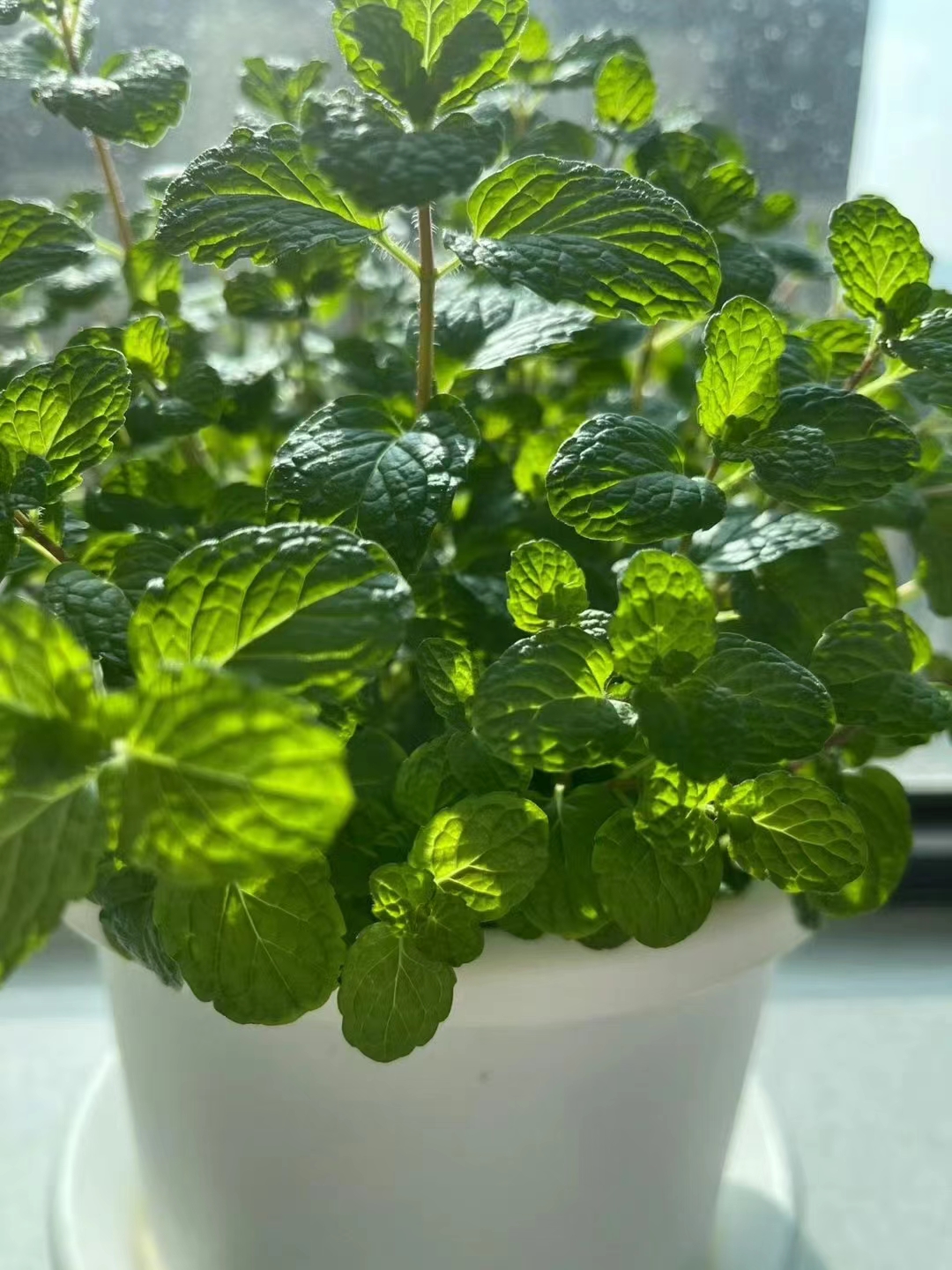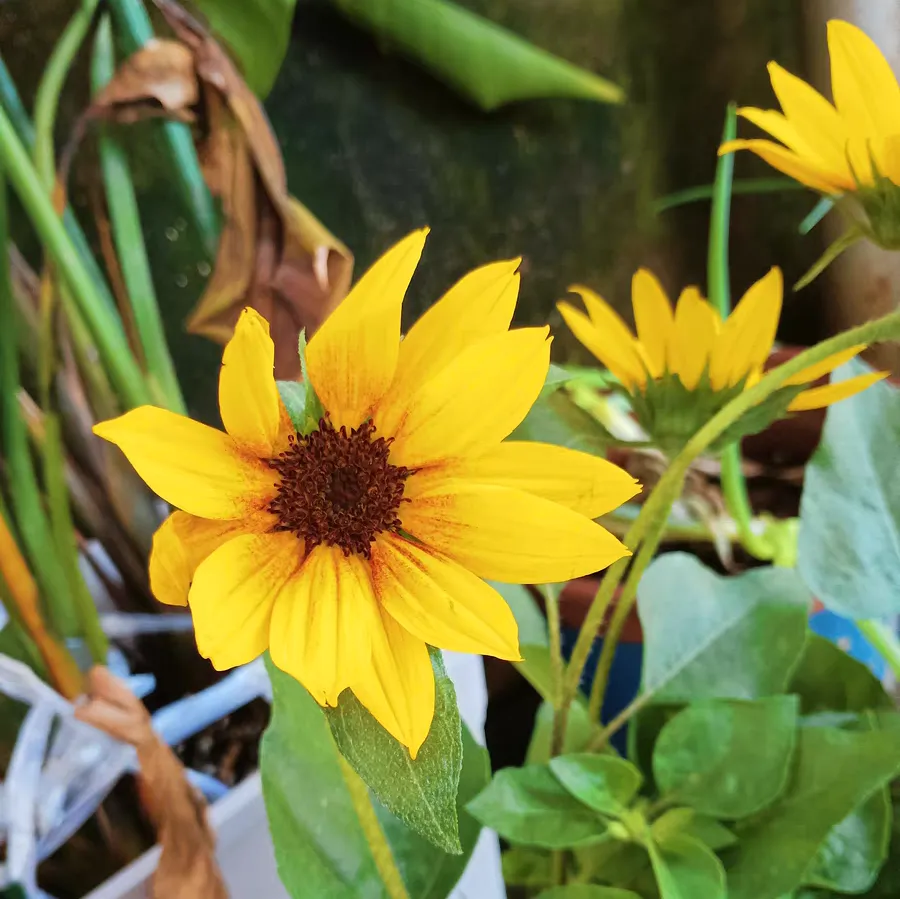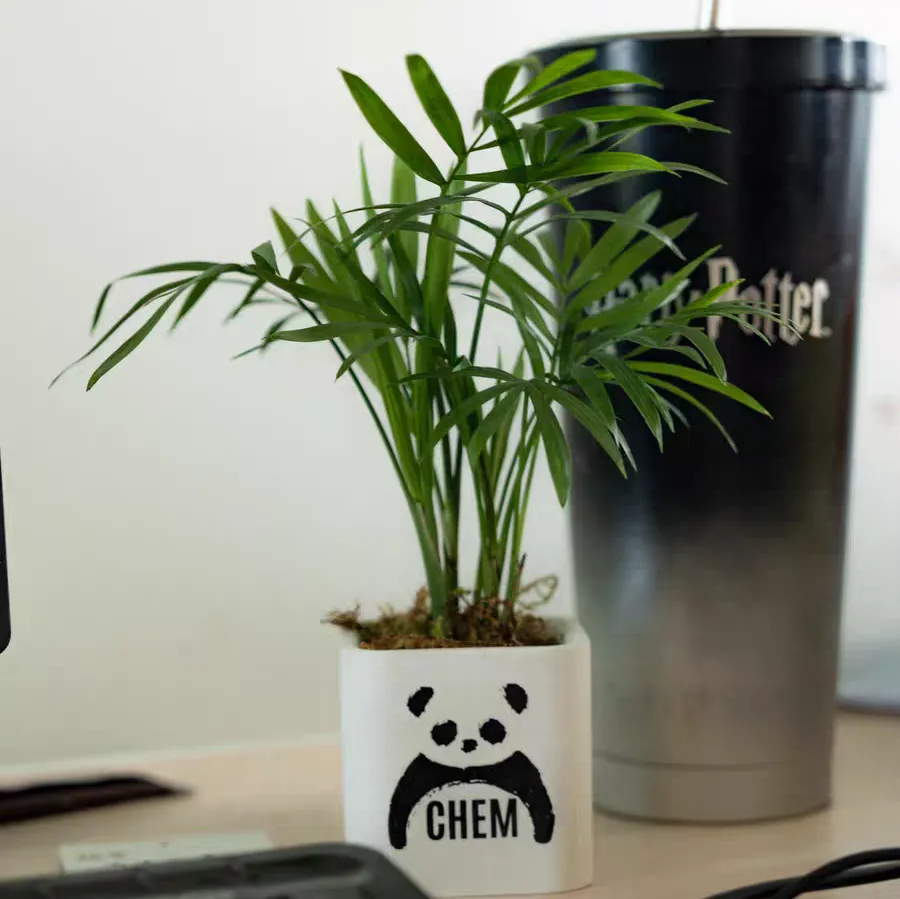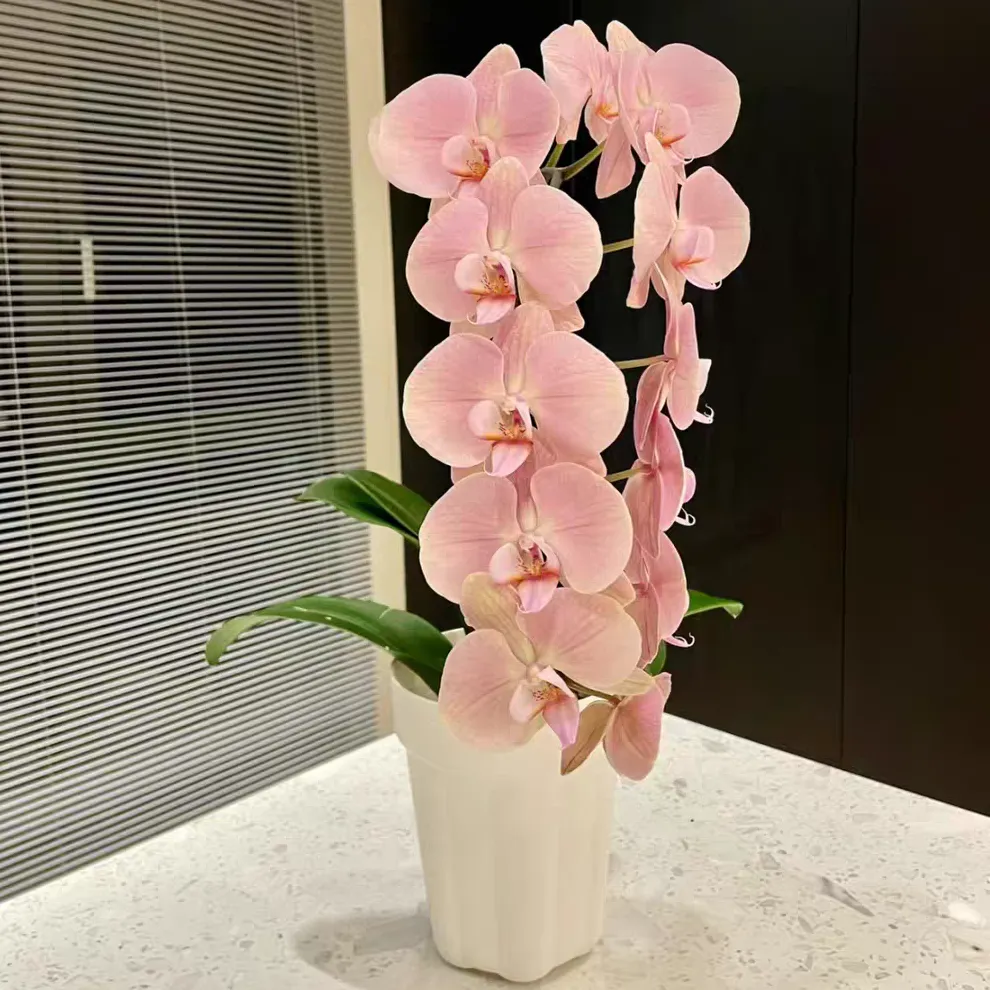Mint, a plant that emits a unique refreshing aroma, not only adds freshness to the home environment but also has certain medicinal and edible values. When we grow mint in pots, reasonable pruning and correct watering are the keys to ensuring its healthy growth and lushness.
There are several important purposes for pruning potted mint. Firstly, regular pruning can promote the branching and growth of the plants, making them more lush and full. Secondly, pruning can remove aged, weak and leggy branches and leaves, maintaining the health and vitality of the plants. Additionally, appropriate pruning can also shape the form of mint, making it more ornamental.
The pruning time of mint is relatively flexible, but it is generally recommended to do it in spring and summer. Spring is the vigorous growth period of mint. Pruning at this time can lay a good foundation for its growth; in summer, mint grows rapidly. Timely pruning can control its growth trend and keep the plants tidy.
When pruning mint, clean and sharp scissors or pruning shears should be used. Firstly, shorten the overly long branches, and generally, it is fine to retain a length of 10 - 15 centimeters. For dense branches and leaves, appropriate thinning can be done to increase the ventilation and light transmission within the plants.
For branches and leaves with pests and diseases, they should be promptly pruned and removed from the pot to prevent the spread of the diseases. At the same time, be careful not to prune excessively to avoid affecting the normal growth of mint.
Mint likes a moist environment, but excessive watering can also lead to root rot. Generally speaking, in hot summer weather, water 1 - 2 times a day; in spring and autumn, water once every 2 - 3 days; in winter, the frequency of watering should be reduced, and watering 1 - 2 times a week is sufficient.
However, the watering frequency should be adjusted according to the actual climatic conditions, soil moisture and the size of the pot. Each watering should ensure thorough watering but avoid water accumulation. A way to determine if the watering is thorough is to observe whether there is water flowing out from the bottom of the pot. If a large amount of water flows out from the bottom of the pot shortly after watering, it indicates excessive watering and there may be a problem of poor soil drainage; if no water flows out from the bottom of the pot for a long time after watering, it indicates insufficient watering and the amount of water needs to be appropriately increased.
The choice of watering time is also very important. In summer, watering at high temperatures at noon should be avoided as much as possible to prevent damage to the roots due to high water temperatures. The best watering times are in the morning or evening when the temperature is relatively low and water can be absorbed better. In winter, watering should be done at noon when the temperature is higher to reduce the impact of low temperatures on the plants.
Mint does not have high requirements for water quality, but it is advisable to use clean tap water or rainwater. If using tap water, it is best to let it stand for a period of time to allow the chlorine in the water to evaporate to avoid adverse effects on the growth of mint.
Pruning and watering of potted mint are important links in the maintenance process. Only by mastering the correct pruning and watering methods can mint thrive.
How to prune potted mint?

Share with
Tagged in :




Leave a Reply